The “Femme Fatale” segment on NoirWhale.com is designed to highlight the life and merits of exceptional film noir actresses. These women are the embodiment of the femme fatale archetype, and propel possibly the most recognizable and integral theme in the noir genre.
“When you lie down with dogs, you get up with fleas.”
Jean Harlow, commonly called ‘the Blonde Bombshell’ or ‘the Platinum Blonde,’ was born Harlean Harlow Carpenter on March 3rd, 1911. So much has been said about her illustrious career and iconic sex appeal that I won’t claim this article to be an exhaustive biography– But! I would like to dwell for a few paragraphs on some of (what I found to be) the most interesting aspects and intricacies of her incredible life. I hope you’ll appreciate the reflection and forgive me the authorial liberty I take in ignoring broad strokes of her history.
In retrospect, the commanding presence of this little blonde lady from Kansas City Missouri during the 1930s is indeed remarkable. At that point in American Film, she was undoubtedly the most sexually magnetic actress on the silver screen– and having achieved this reputation at such a young age her future had the appearance of all the worldly splendor fame provides. Sadly renal failure at age 26 robbed her of this, and robbed the clamouring masses likewise. (Renal failure, for those curious, is when your kidneys no longer adequately filter waste products from the blood).
As a child in Kansas, she was nicknamed “The Baby,” and this sobriquet stuck with her until her death. Oddly enough, she didn’t learn that her name was Harlean and not “Baby” until she was five years old when she was enrolled in finishing school. When her mother and father divorced in 1922, “Baby” moved with her mother Jean to Hollywood (who hoped to become an actress herself, but was considered too old). Although she bounced back to Kansas, then Michigan, then Illinois, she would return to Los Angeles as a married woman in 1928. Her husband, Chuck McGrew, was heir to fortune, and she embraced the life of a socialite in LA (I’m told she did quite well for herself).
She made friends with an aspiring actress and was spotted and approached by Fox executives while sitting in her car outside a casting. Rather against her will, she was roped into auditioning and accepting several minor roles by her persistant mother (who at that time lived nearby). These films were not wildly successful and she struggled to gain traction, and it was during this time period that she was divorced from McGrew but everything changed in 1931 when she was cast with Loretta Young in Platinum Blonde.
In a stroke of marketing genius Howard Hughes publicity machine coined Harlow’s hair color ‘platinum’and created a bleaching craze accross the nation. As a result, “Baby’s” personal appearances were packed, excited affairs (and all this in spite of critical disgust for her acting ability).
Superstardom arrived at MGM– when she was signed for a contract and given the leading role in Red-Headed Woman (again with the hair, right?) She began to star opposite powerful leading men; six films with Clark Gable, a few with Spencer Tracy and William Powell. Apparently she even helped a few up-and-comers get started: Robert Taylor and Franchot Tone.
Let’s talk femme fatale appeal– MGM tried to change her public persona, they were angling for a more mainstream ‘apple pie’ look, but they couldn’t quell the nation’s hunger for the brash, poised, and sexual Platinum Harlow.
Her second husband, Paul Bern, was found shot dead in their home, and there were rumors that Harlow had committed the crime herself but none of the accusations stuck. The scandal only propelled her further into stardom.
She began an illicit affair with a married boxer named Max Baer (any of this starting to sound torn from the pages of the pulp rags?)– she was even censured in their divorce proceedings as an adultress. To save face, MGM arranged a marriage between Harlow and Harold Rosson (a cinematographer)– it worked, and Harlow and Rosson were able to discreetly divorce several months later.
During these subsequent scandals, Harlow was still acting prolifically and James Stewart (who was opposite her in Wife vs. Secretary) shares one of my favorite “Blonde Bombshell” stories:
“Clarence Brown, the director, wasn’t too pleased by the way I did the smooching. He made us repeat the scene about half a dozen times…I botched it up on purpose. That Jean Harlow sure was a good kisser. I realized that until then I had never been really kissed.”
In 1937 her health took a serious dive that ended with her in a coma. She never woke up. Like the beautiful sirens of Poe’s visions, she was stolen in the full flush of youth. Thus she’ll will remain in her beauty forever, whilst we are steeped in woe.
I’m proud to add her to the side-bar line up of immortal dames on noirwhale.com
“My God, must I always wear a low-cut dress to be important?”
*All biographical details obtained from:
http://en.wikipedia.org/wiki/Jean_Harlow
*Quotes obtained from:
http://www.brainyquote.com/quotes/authors/j/jean_harlow.html


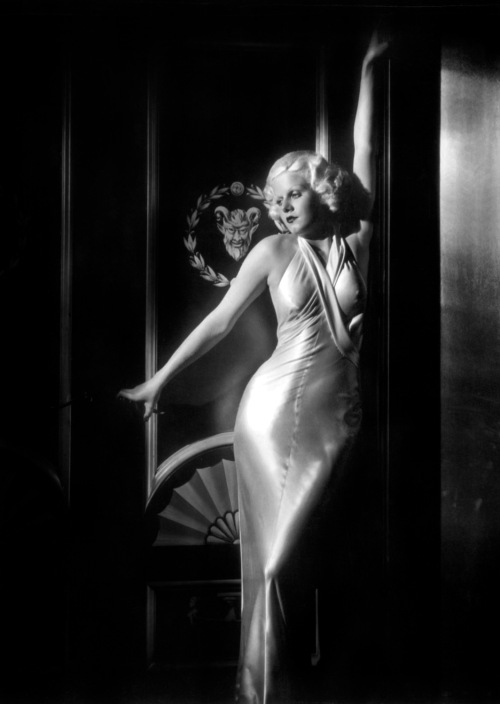
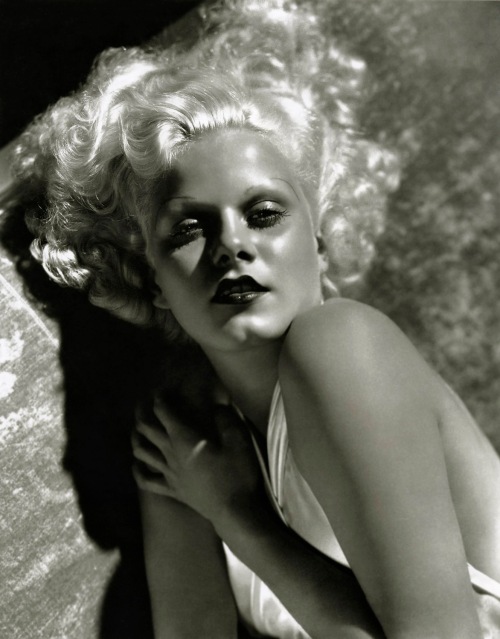

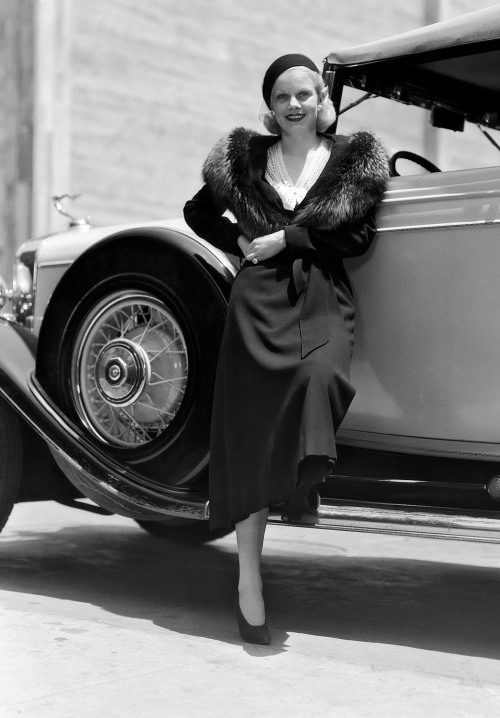
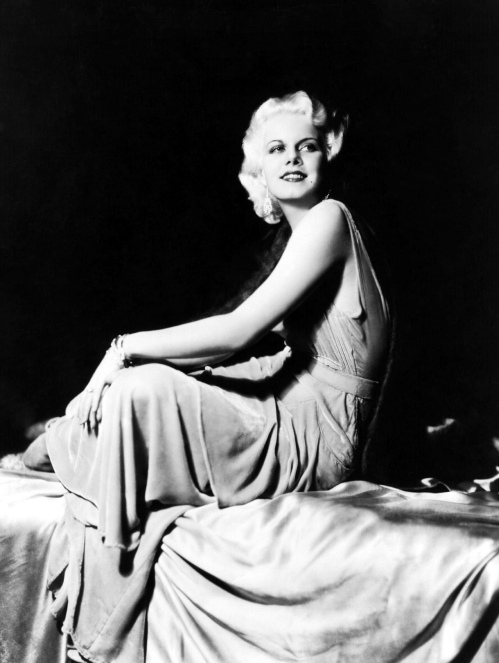


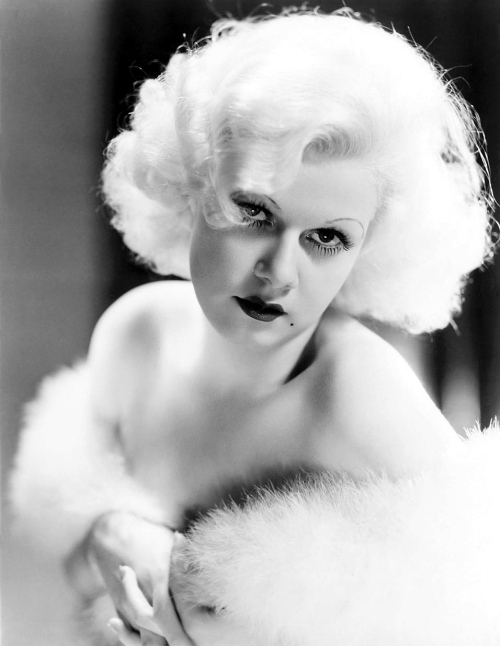


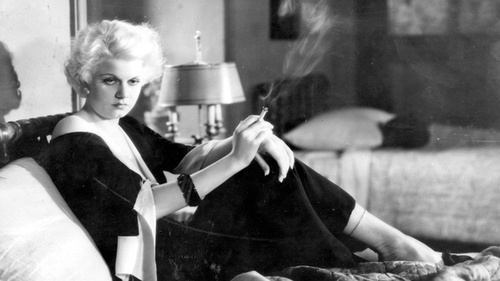

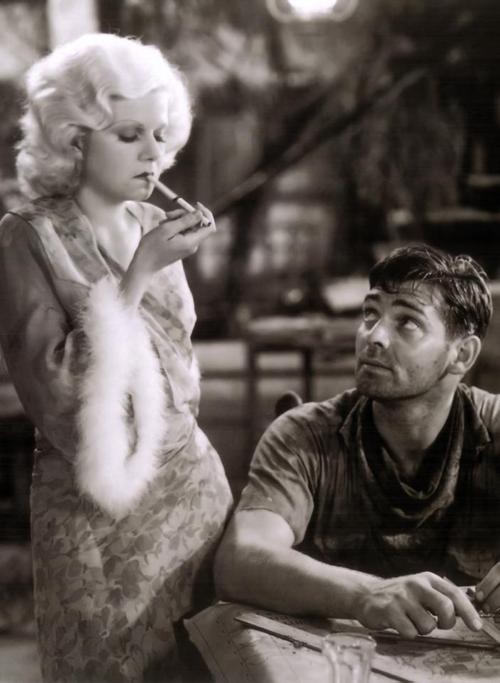






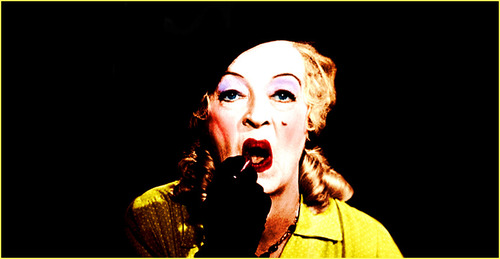
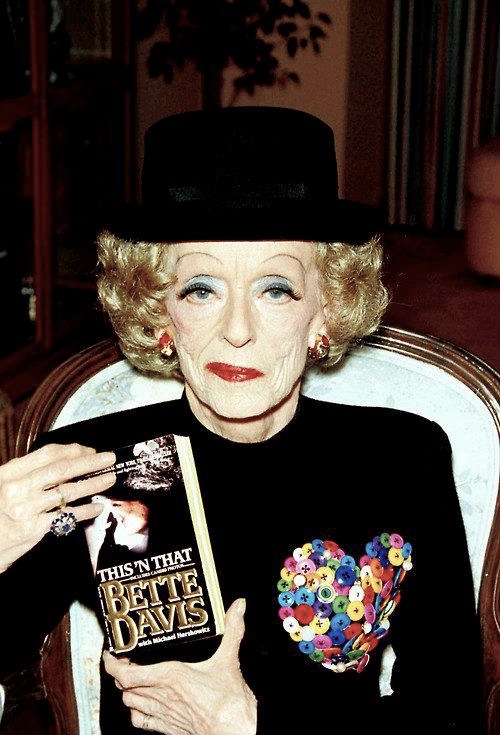
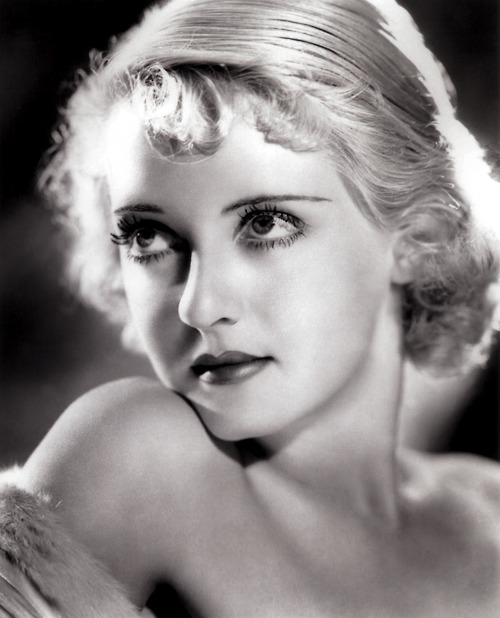




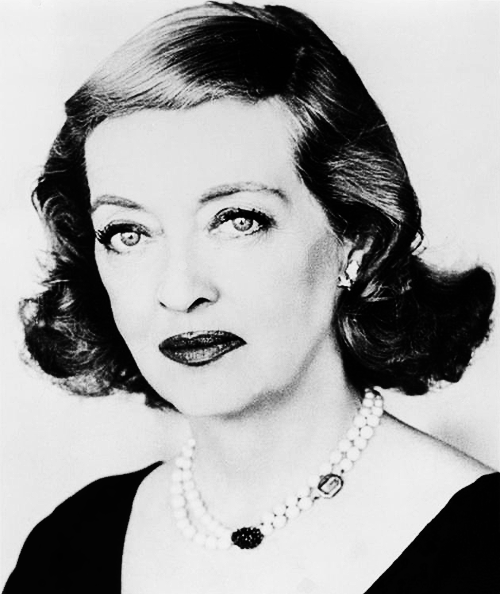


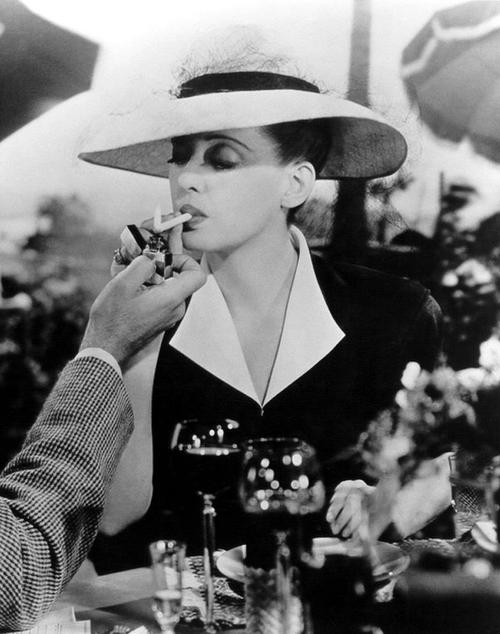



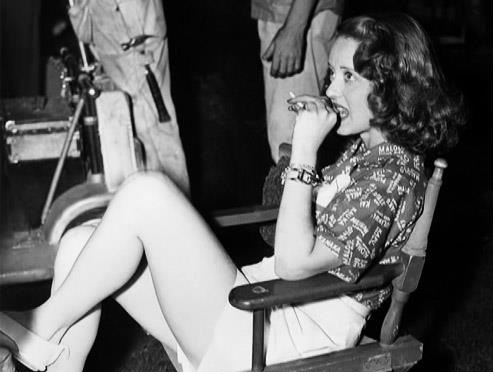







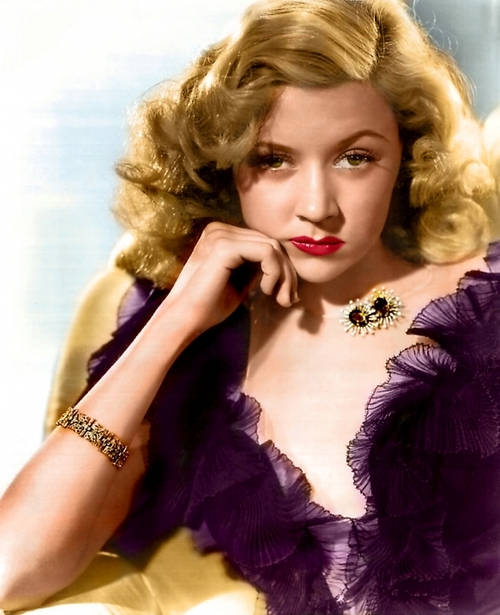
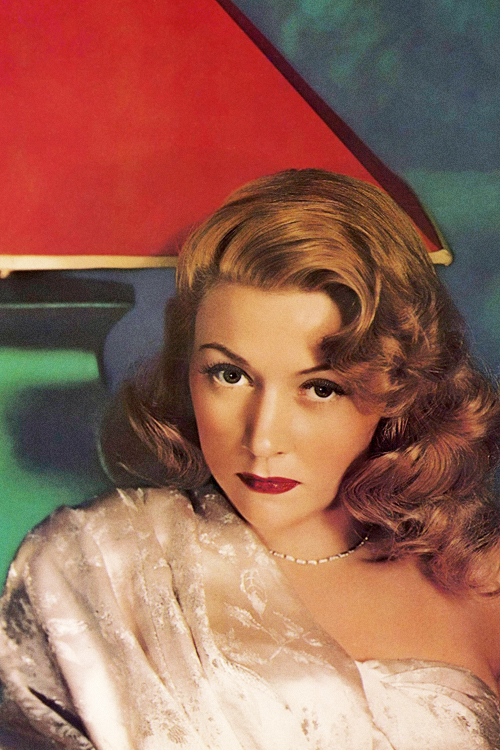


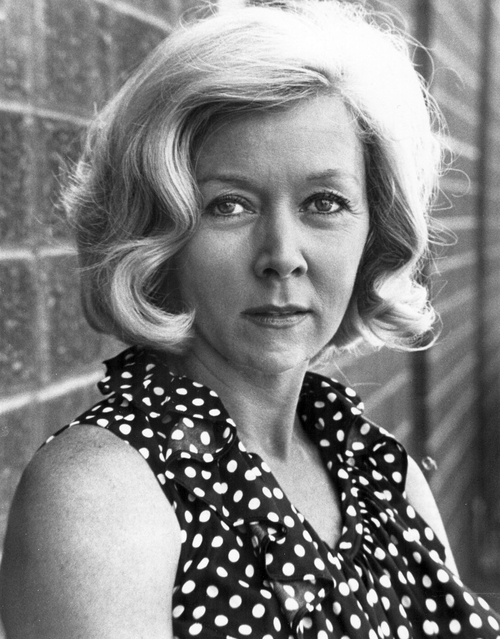
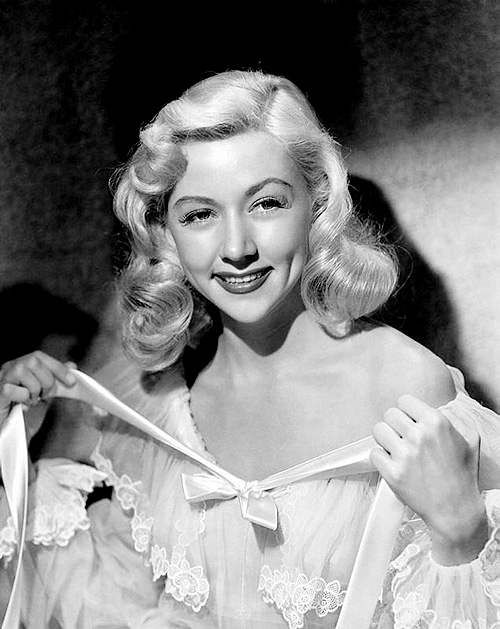

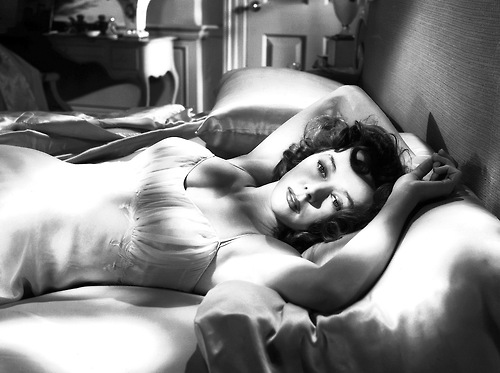

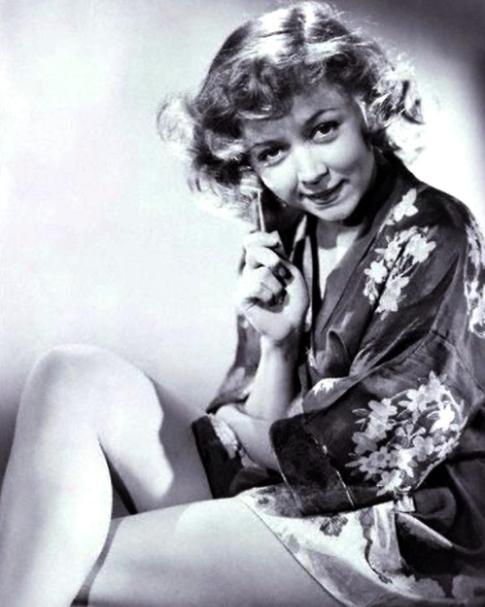

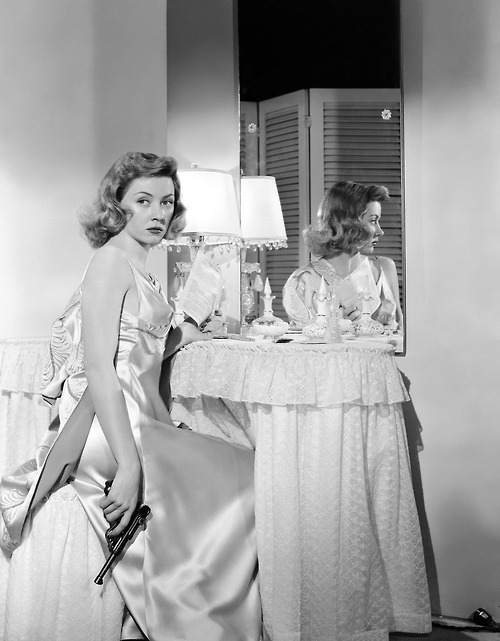
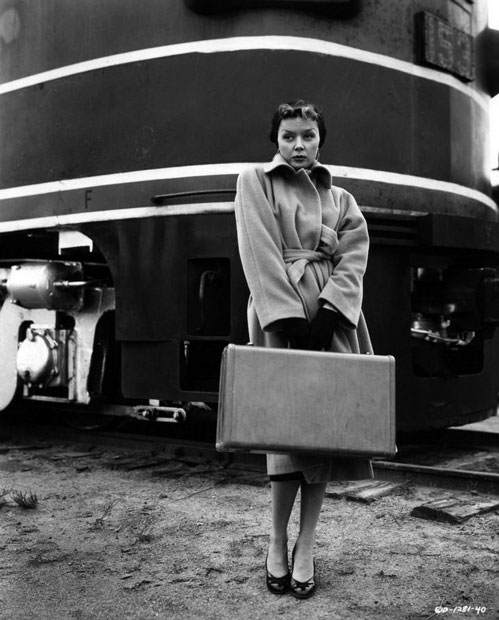






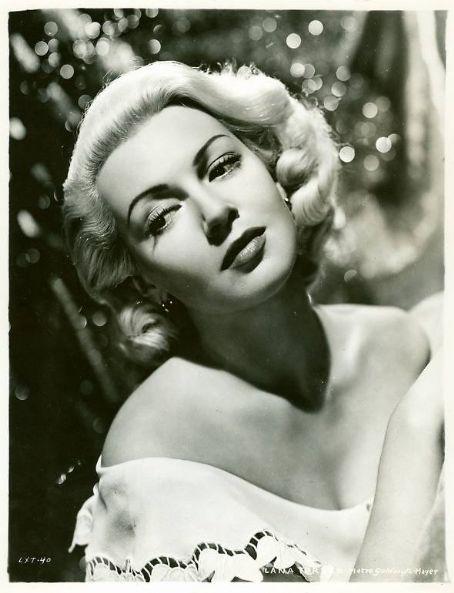



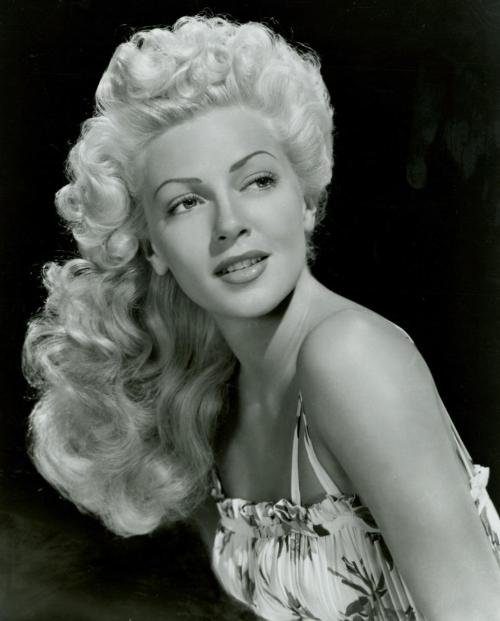




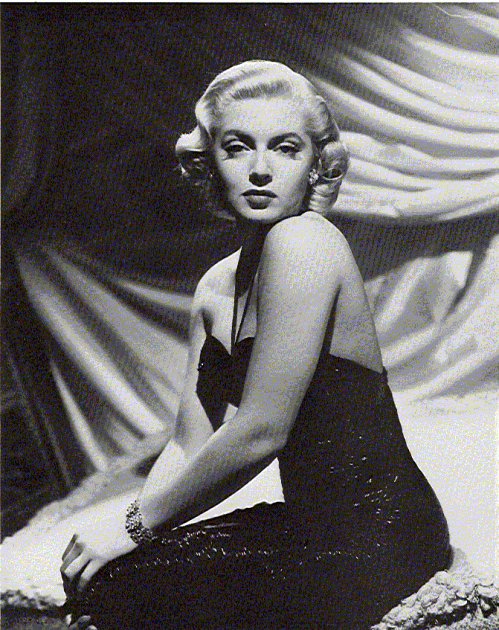

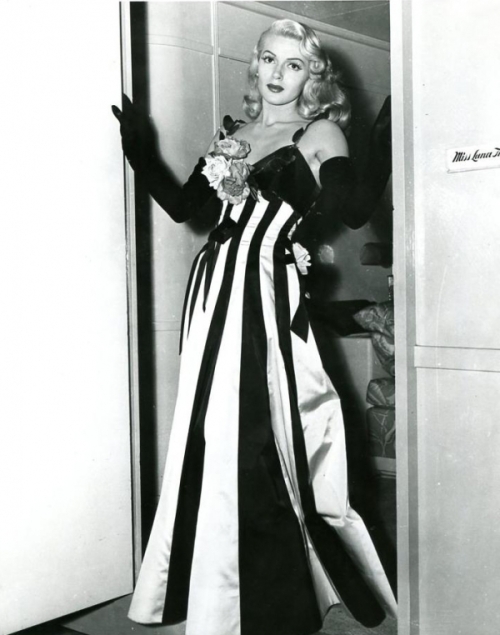
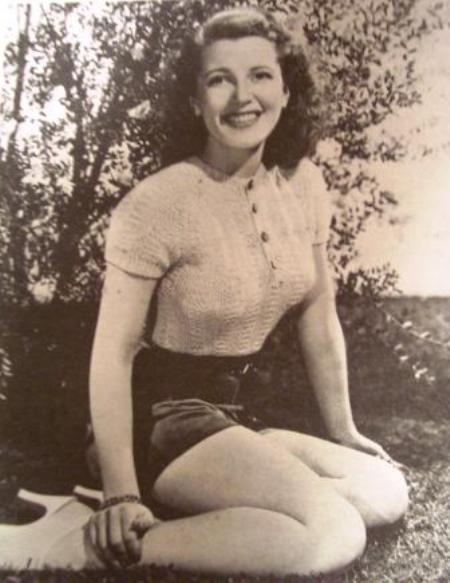



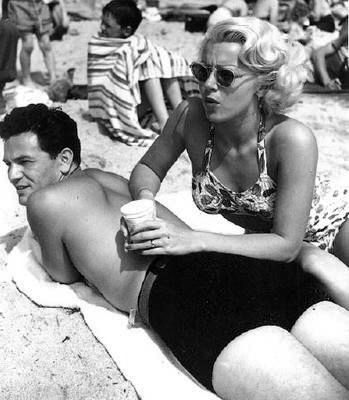


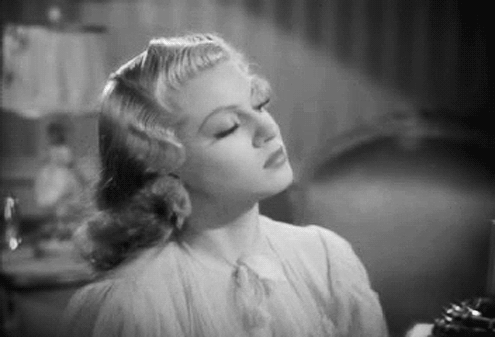
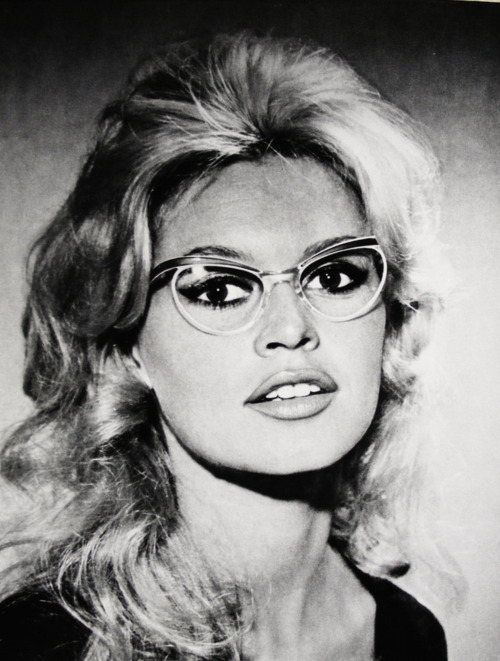


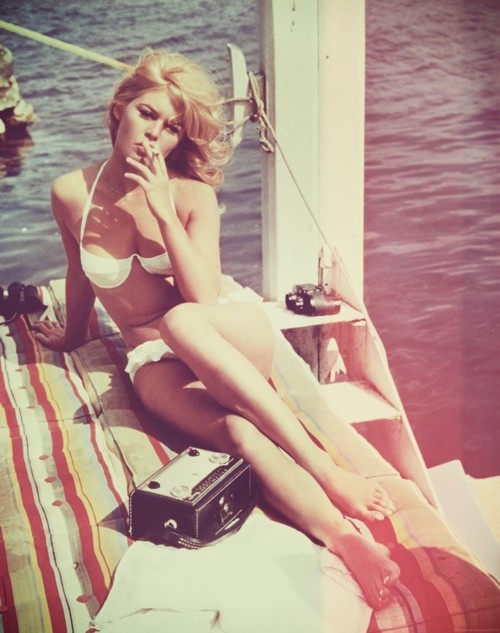
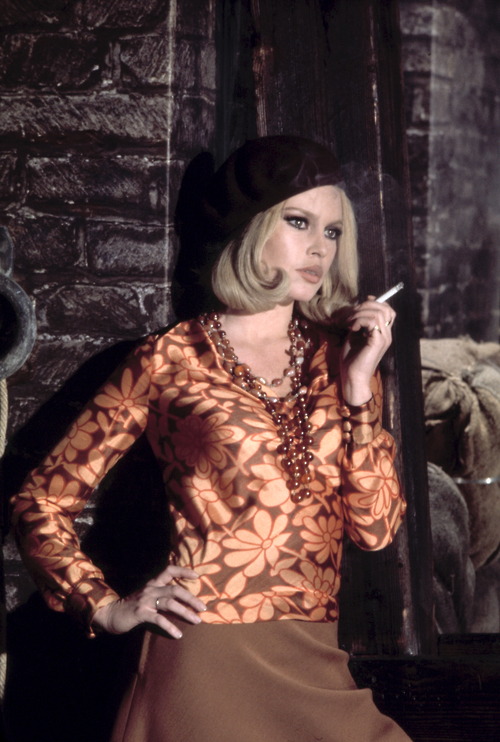
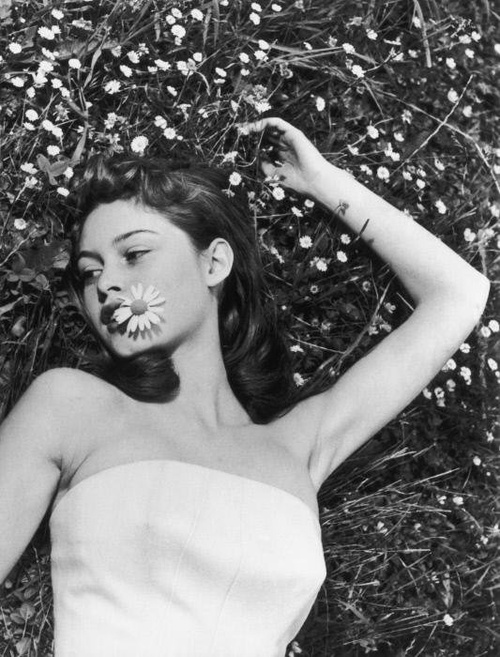

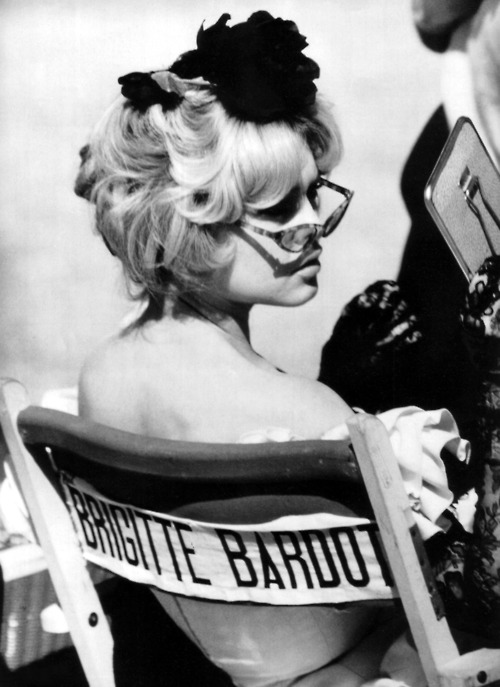


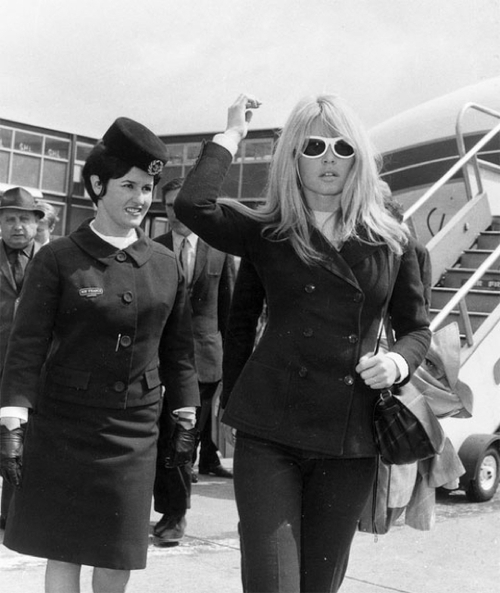



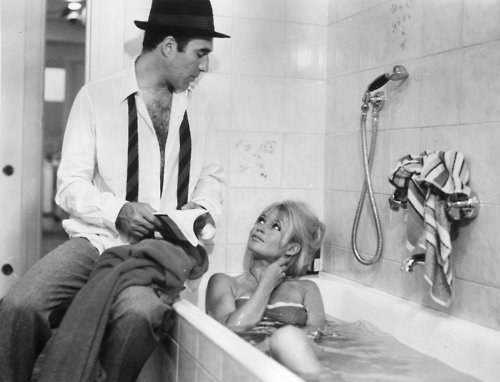


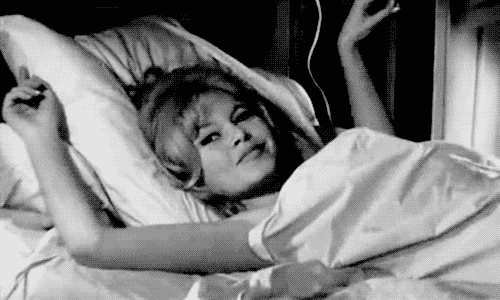




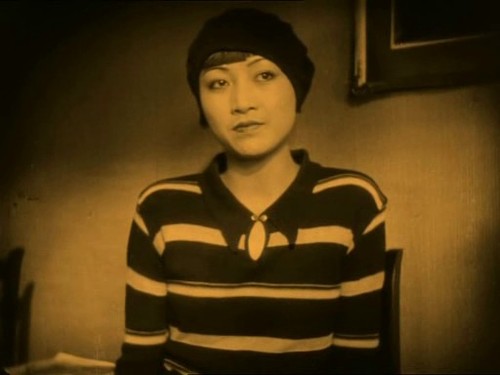

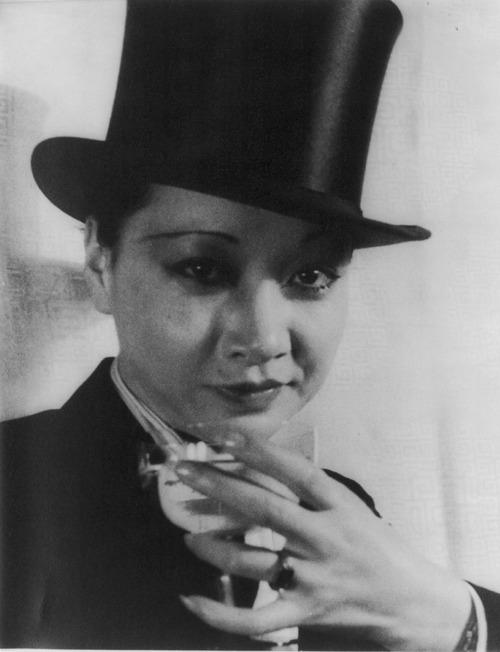




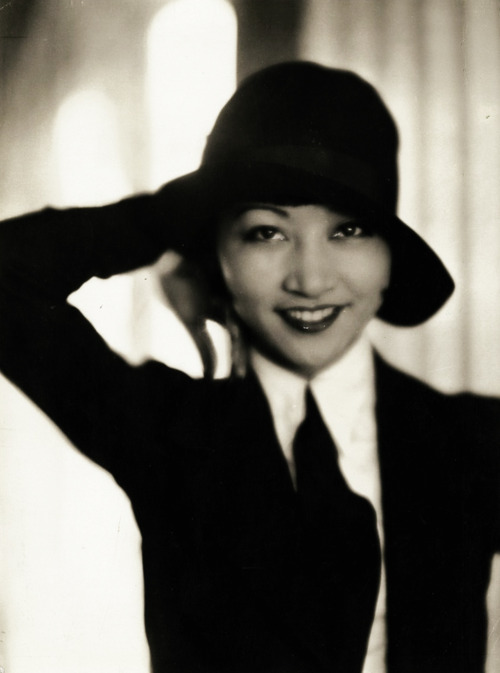




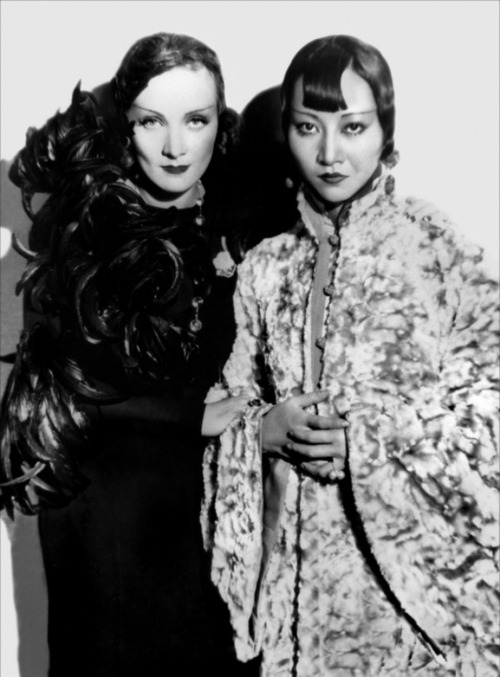
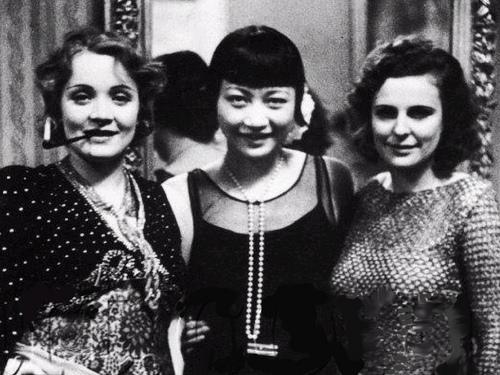

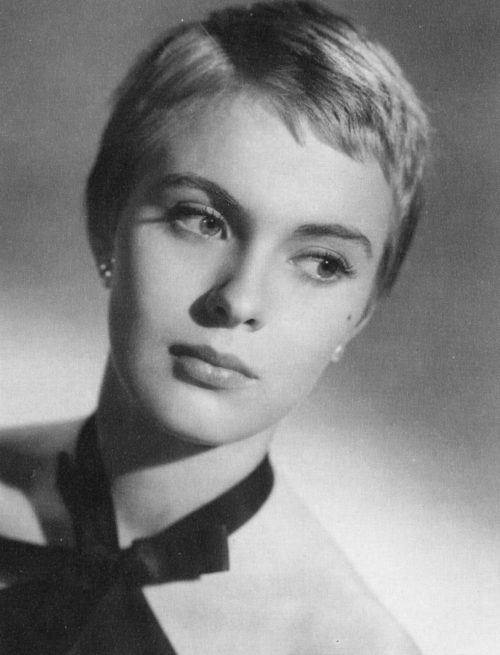


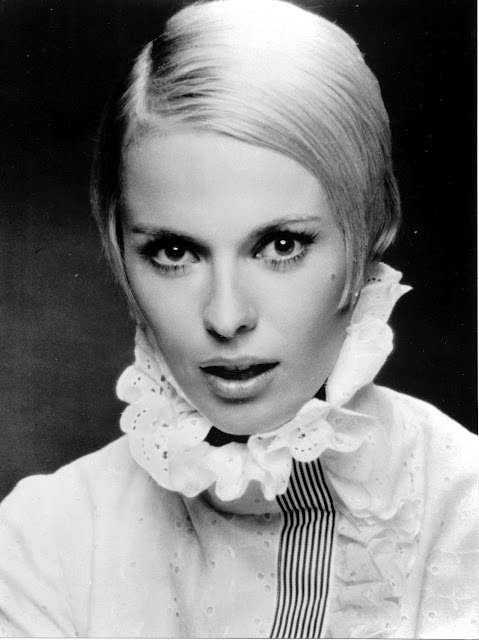



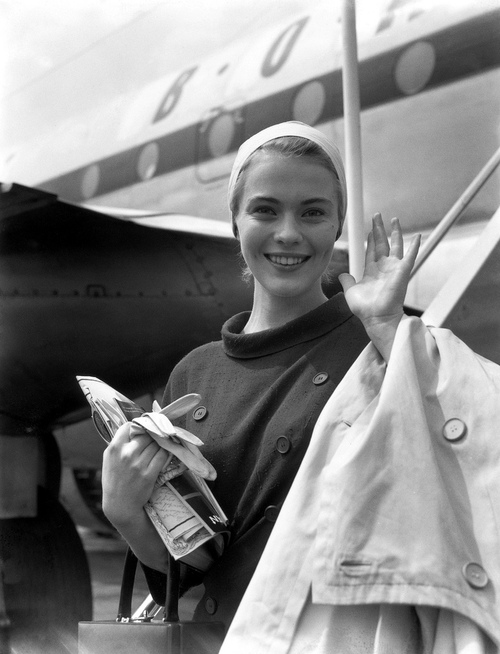
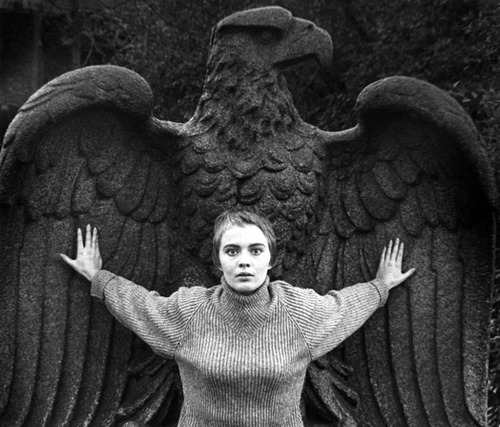

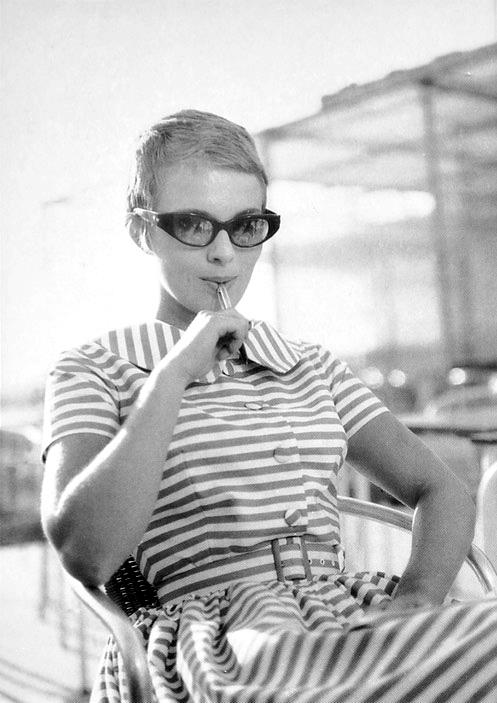

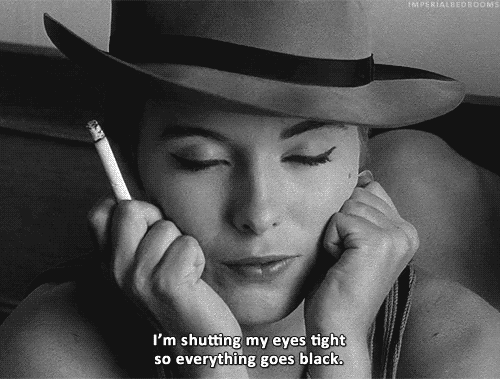


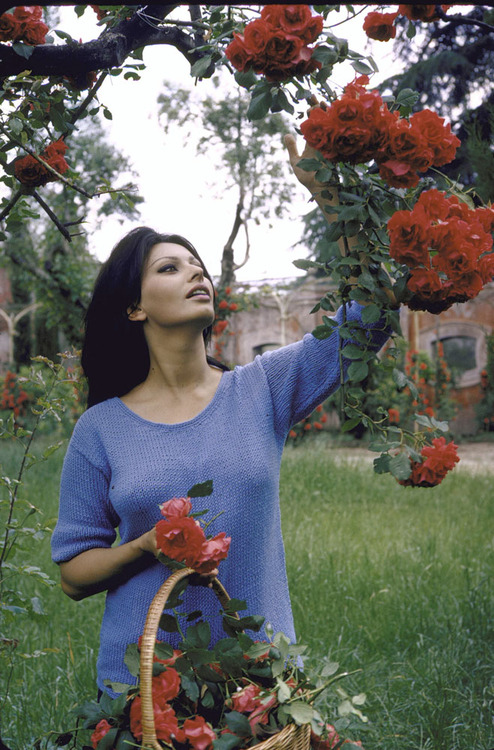
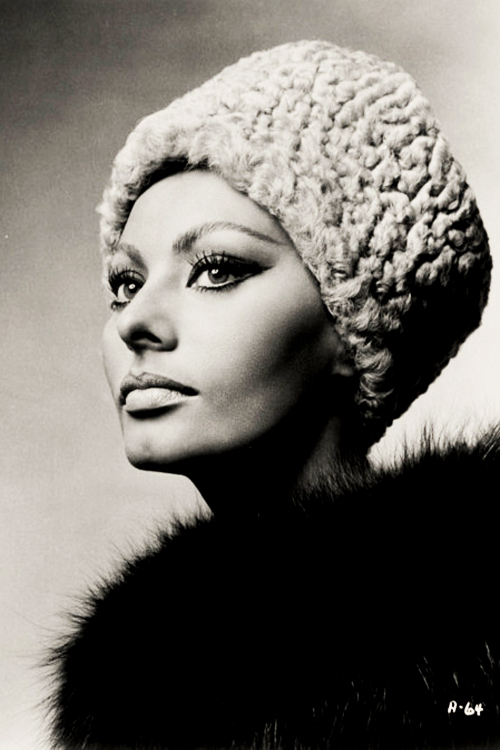
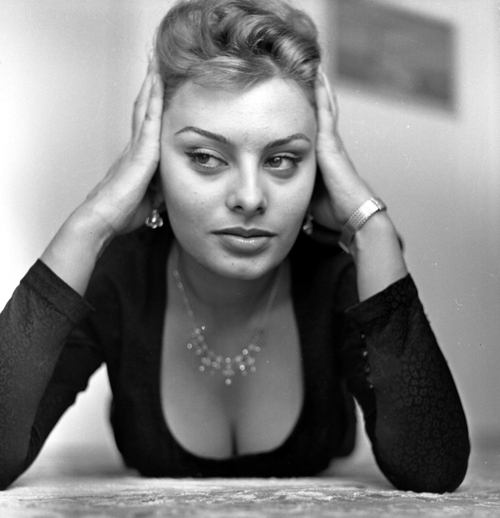
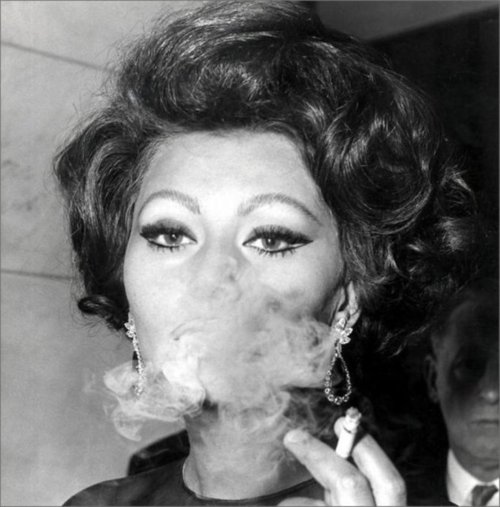
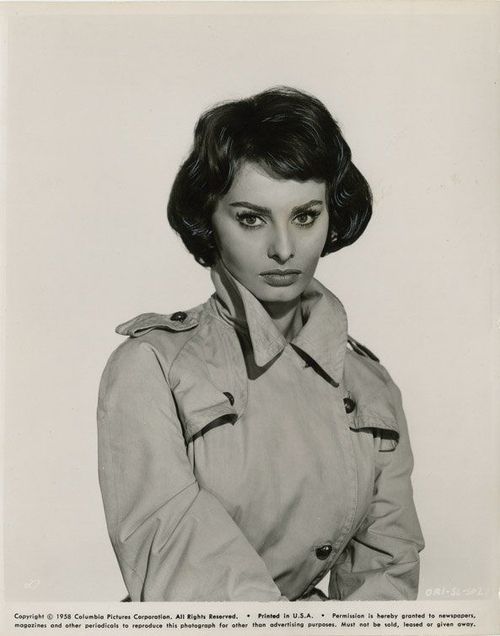


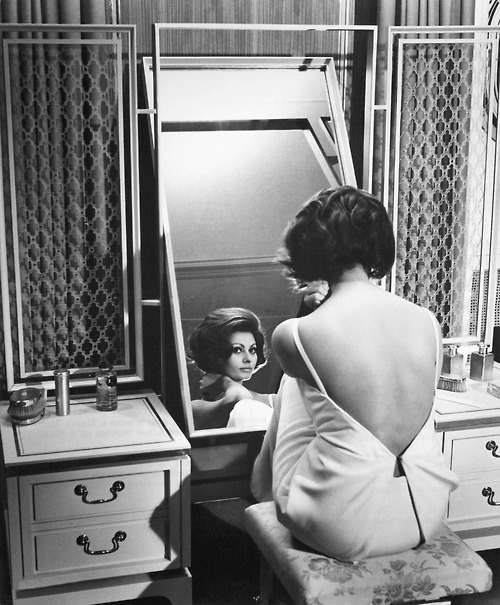




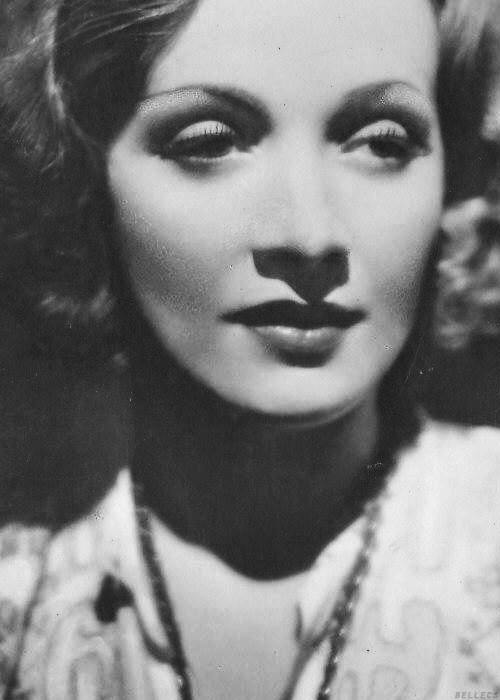
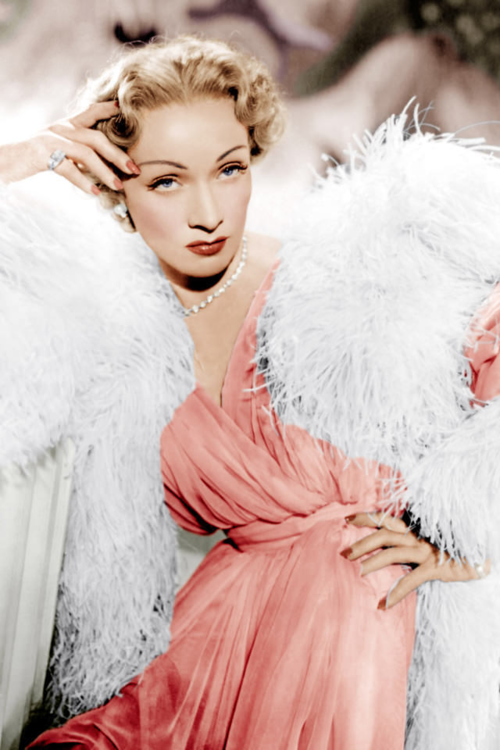




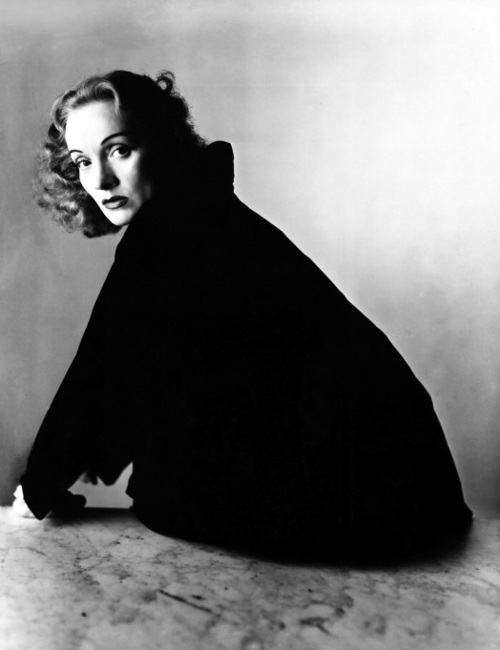


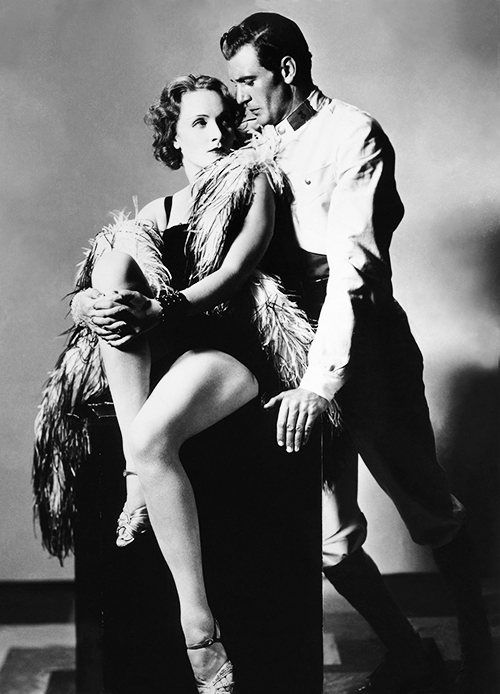
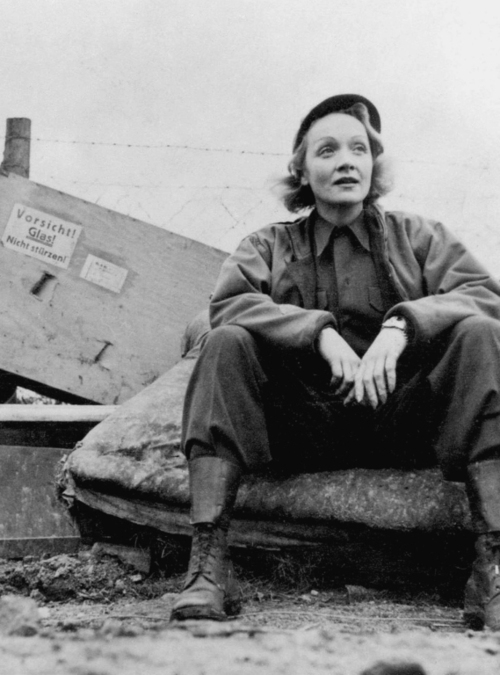
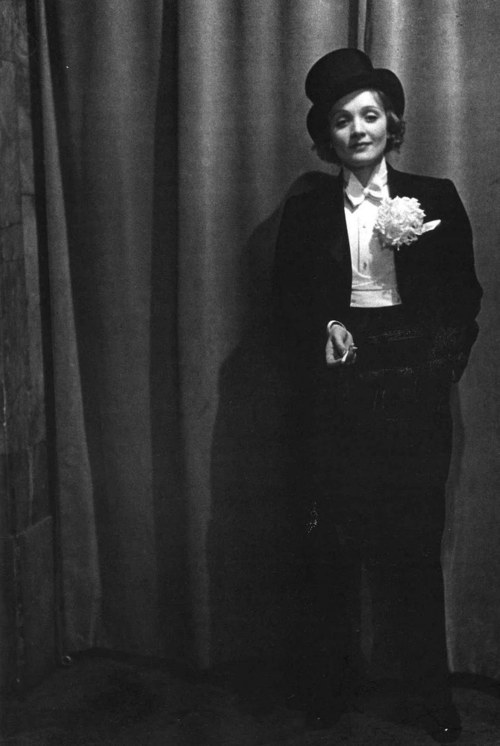



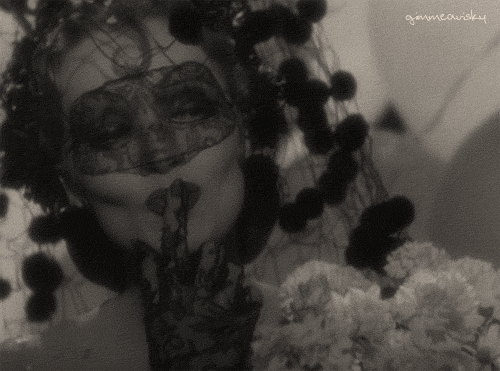

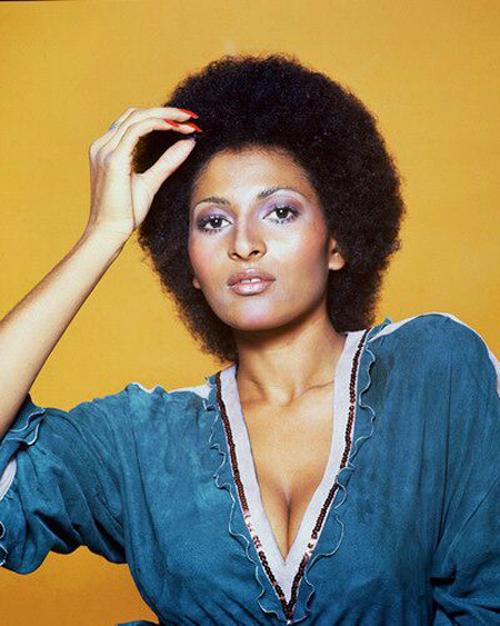



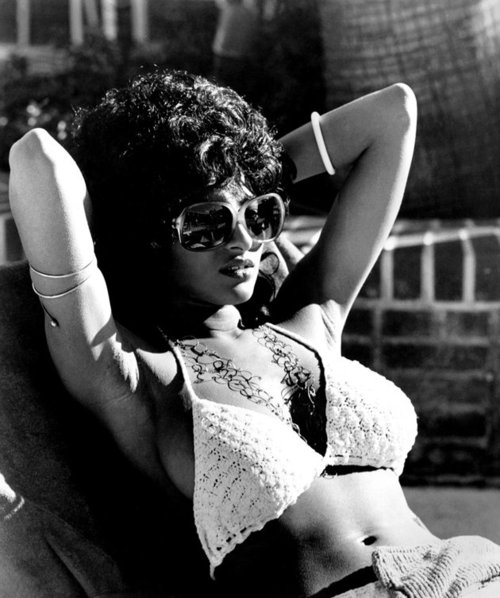

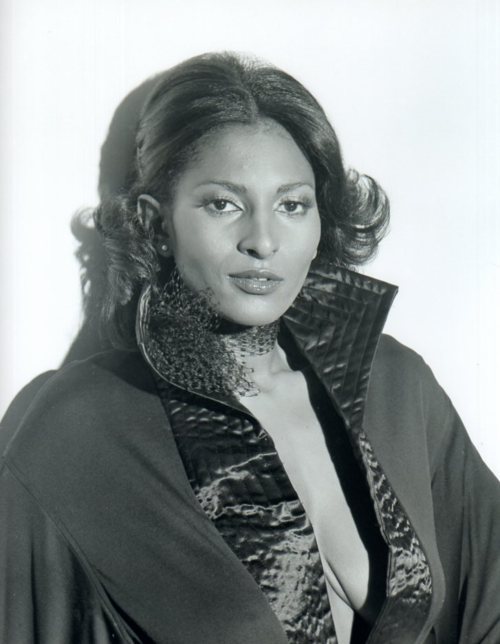



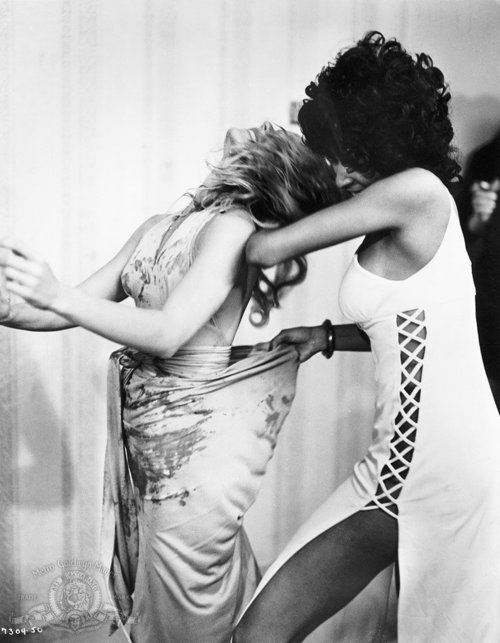



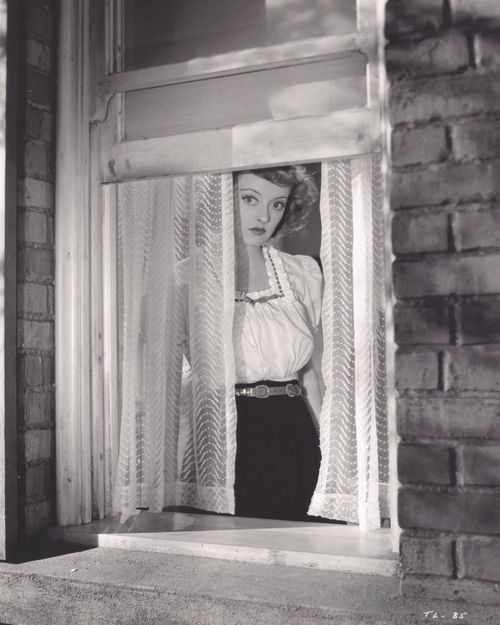
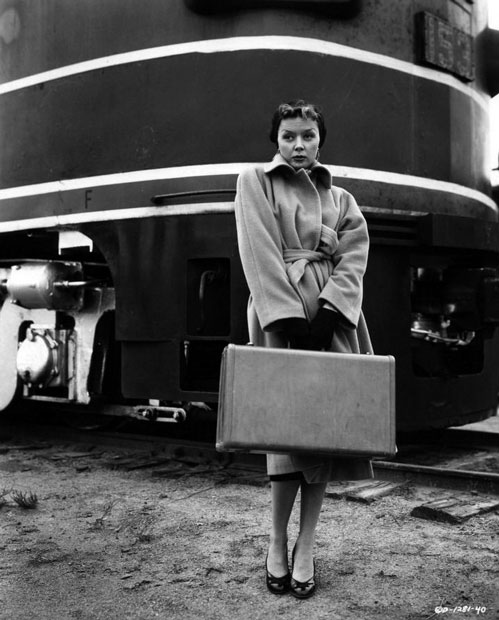

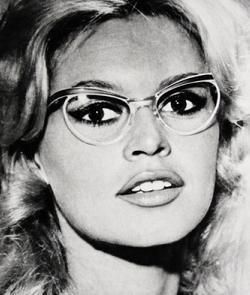
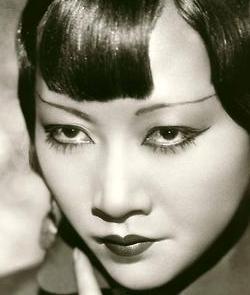
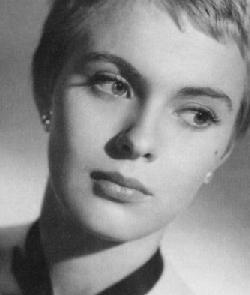
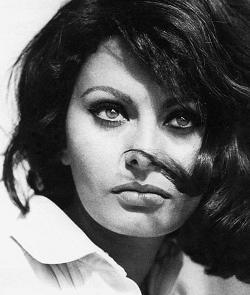
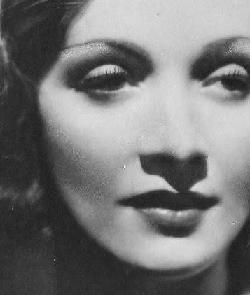
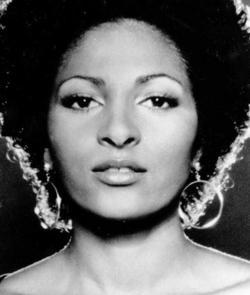
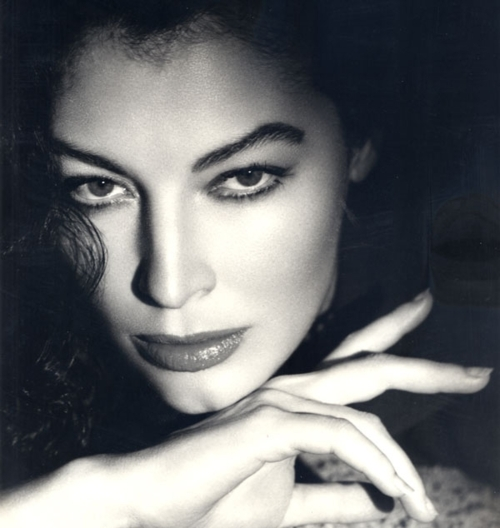






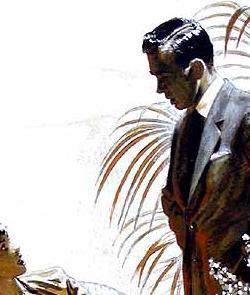
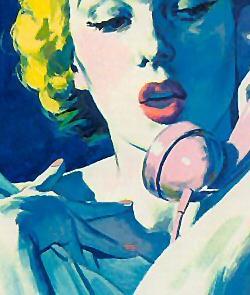
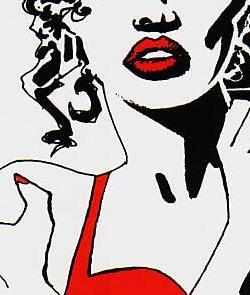
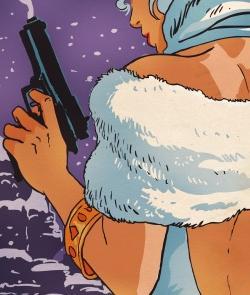
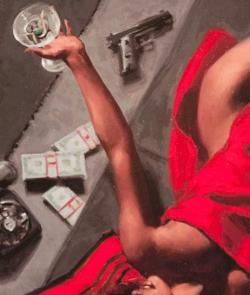
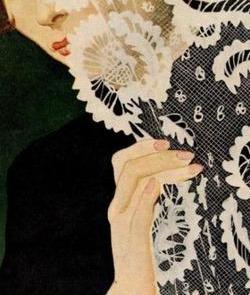
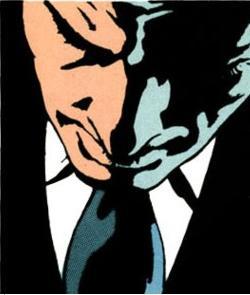

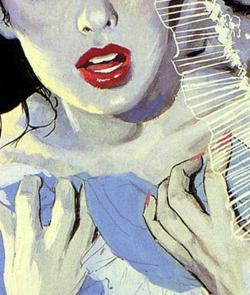
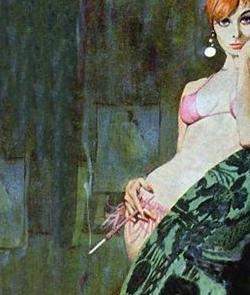
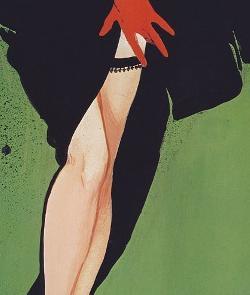


You must be logged in to post a comment.